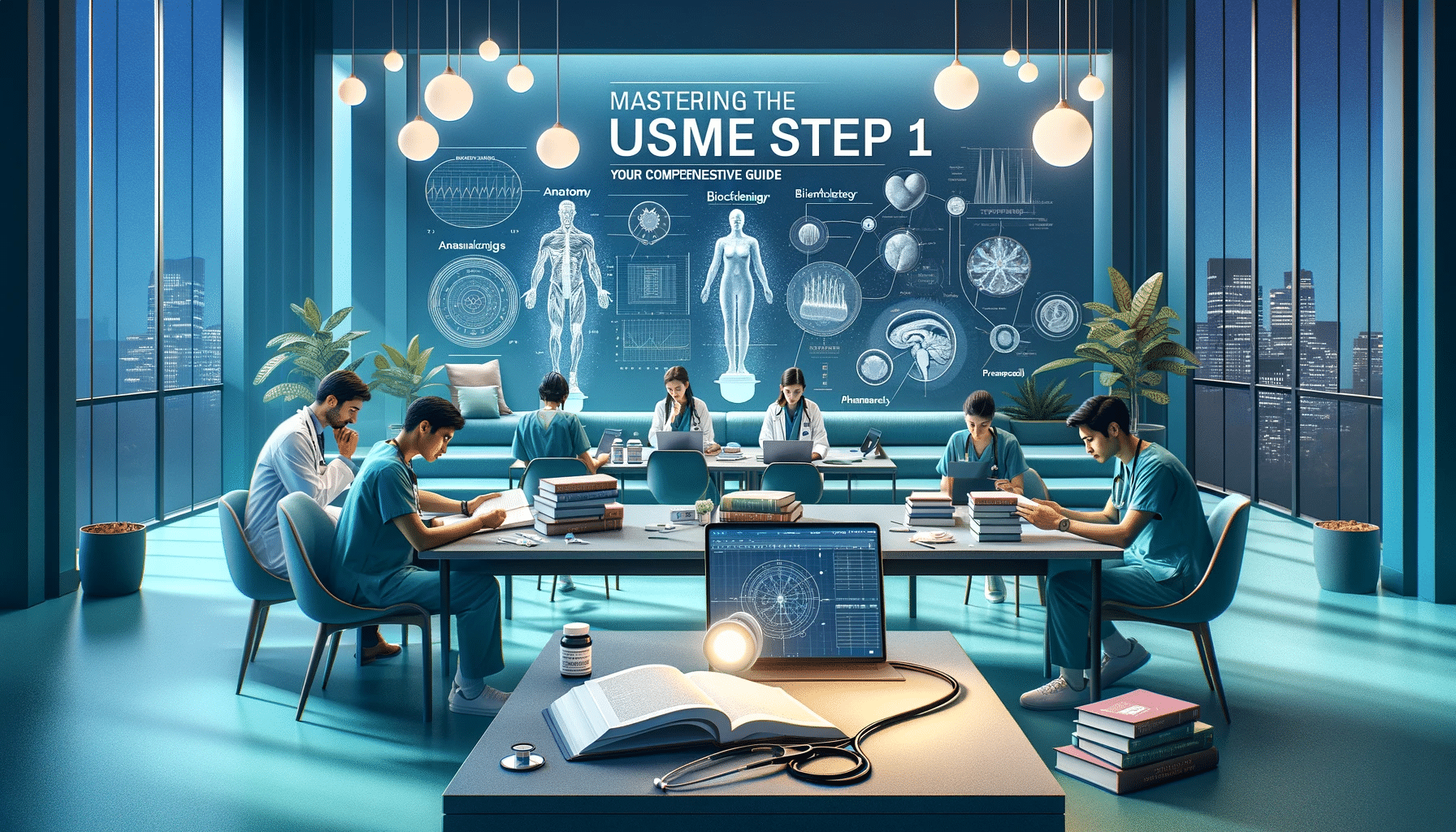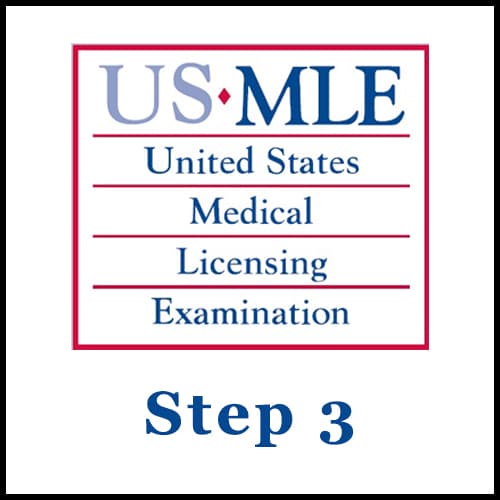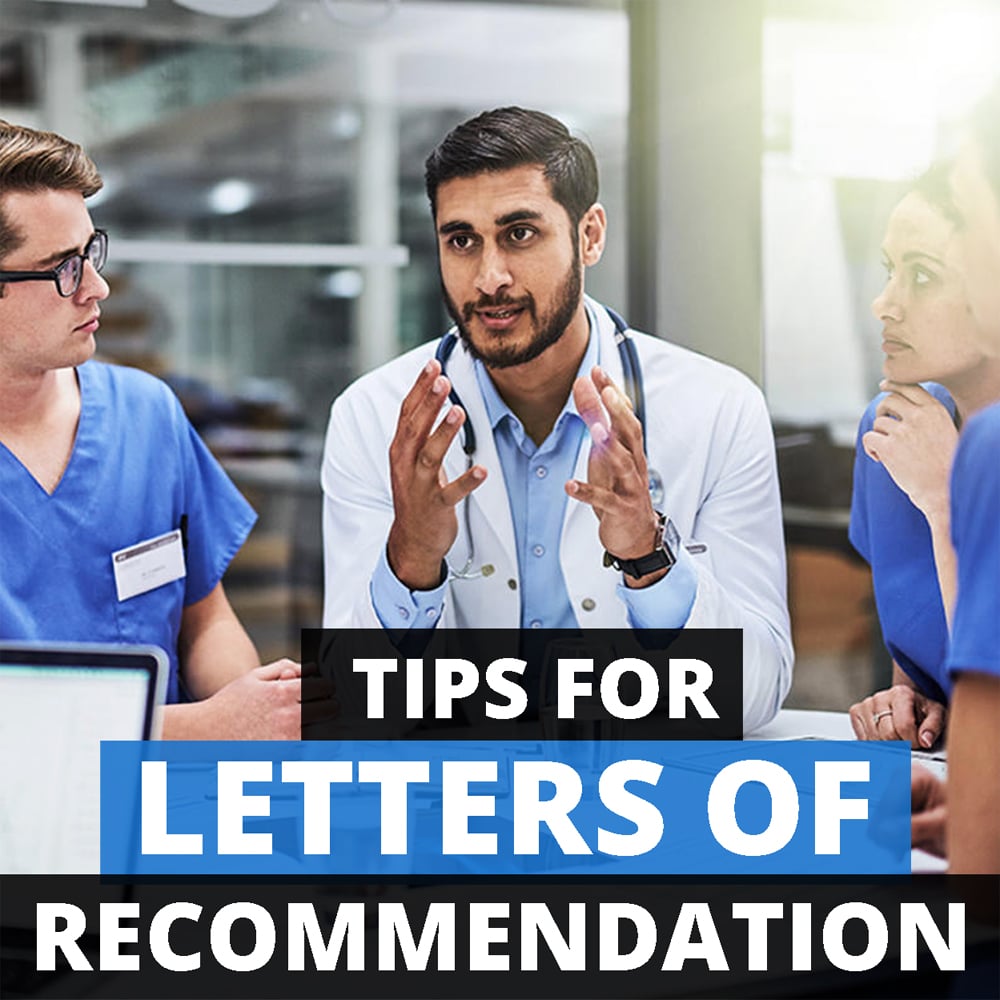
Navigating the USMLE Step 1: A Comprehensive Guide
Embarking on the journey to become a licensed medical professional in the United States is a rigorous process, with the USMLE Step 1 exam serving as one of the most critical milestones. This guide provides an in-depth look at what the USMLE Step 1 entails, how to prepare effectively, and the significance of this exam in your medical caree
What Is the USMLE Step 1?
The USMLE Step 1 is a one-day examination designed to assess the foundational knowledge of medical students and their ability to apply key concepts in the practice of medicine. It focuses on the basic sciences, including anatomy, biochemistry, microbiology, pathology, pharmacology, and physiology, among others. This computer-based test is often taken after the second year of medical school, marking a pivotal transition from theoretical learning to clinical practice.
Why Is the USMLE Step 1 Important?
The USMLE Step 1 score is a major factor in residency program selection. It showcases a student’s mastery of the sciences that provide a foundation for safe and competent practice of medicine. With a pass/fail scoring system being implemented, the emphasis is on a solid understanding rather than merely high scoring, reflecting a candidate’s readiness for the next stage of training.
How to Register for the USMLE Step 1
Registration for the USMLE Step 1 is a multi-step process:
- Obtain an ECFMG identification number if you’re an international medical graduate.
- Apply through the NBME or ECFMG for examination.
- Pay the examination fee, which is subject to change annually.
- Schedule your exam with Prometric, ensuring to choose a date and location that align with your preparation schedule.
The Structure of the USMLE Step 1 Exam
The exam consists of 280 multiple-choice questions, which are divided into seven 60-minute blocks. Test-takers will have a total of eight hours for the examination, including breaks. The questions are designed to evaluate not just recall of facts but the ability to integrate and apply knowledge across disciplines.
How to Study for the USMLE Step 1
Effective study strategies include:
- Establishing a study plan with realistic goals and timelines.
- Utilizing reputable resources like First Aid for the USMLE Step 1, Kaplan USMLE Qbank, and Pathoma.
- Engaging in active learning through question banks and interactive content.
- Participating in study groups for peer support and knowledge exchange.
- Regularly self-assessing to track progress and identify areas needing further review.
What to Do on Test Day
To ensure a smooth test day experience:
- Confirm the test center location and time in advance.
- Prepare all necessary documentation, including identification.
- Get a good night’s sleep before the exam and eat a nutritious breakfast.
- Dress comfortably and arrive early to the test center.
- Manage your time effectively during the exam, and take breaks as needed to stay focused.
After the USMLE Step 1
Upon completion of the exam, it usually takes three to four weeks for scores to be reported. Students should use this time to decompress and begin preparing for clinical rotations or Step 2 CK.
Conclusion
The USMLE Step 1 is a decisive step in a medical student’s path to becoming a doctor. With proper preparation, understanding of the exam’s structure, and a clear strategy for study and test day, candidates can approach the exam with confidence. Remember, this exam is not just about memorizing facts but also about understanding how to apply medical knowledge in a clinical context.
Additional Resources
For further details and updates on the USMLE Step 1, consult the following resources:
- Official USMLE website
- NBME website for updates on registration and testing policies
- AAMC for resources on managing stress and test-taking strategies




